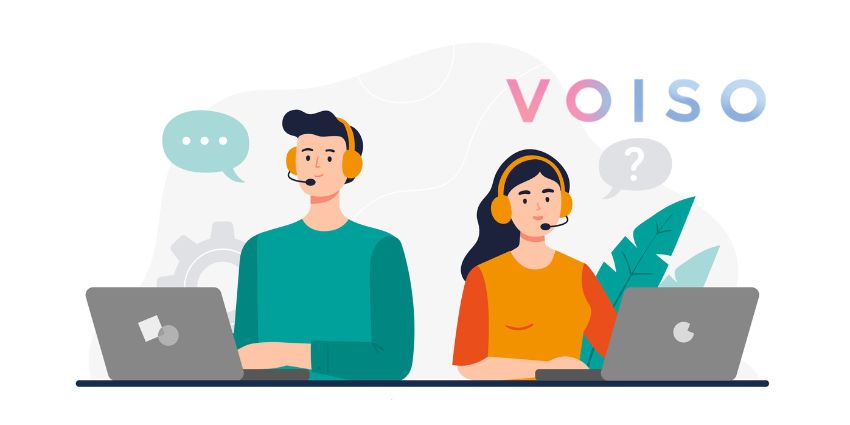The communication landscape is more diverse and dynamic today than it’s ever been. The rise of disruptive new technologies like artificial intelligence has forced companies to re-think the way they connect with customers. In the contact centre, consumers from all backgrounds are looking for simpler, more engaging experiences from the brands they work with. Thanks to AI, businesses are starting to respond with machine-learning virtual assistants, chatbots, and more.
One increasingly important aspect of this revolutionary buyer conversation is the concept of self-service. According to the Senior VP of Africa and Europe for Aspect, Stephen Ball, organisations are facing a complicated challenge today. Not only do they need to keep up with the technologies that are helping their competitors to race ahead, but they also need to address the changing needs of their audience too. This includes a customer’s desire to solve their own problems when possible.
The Demand for Self-Service Solutions

You don’t have to be a communications expert to see that countless customers are starting to turn towards webchat, social media, and text as alternatives to the standard service call. Customers don’t want to wait on a phone for a response from an agent anymore. They want a broad spectrum of channels that they can pick and choose from at their leisure. Self-service technology is one of the options that’s supporting this demand, allowing customers to avoid the frustration of long waiting times.
In a world where customers are growing increasingly impatient, contact centres are looking to self-service as a way of eliminating waiting times for some consumers. With a strong platform, companies can make the most of modern technology to support their clients, wherever the buyer journey might take them. According to Aspect, however, the key to success is not just implementing self-service, but making sure that it integrates with other parts of the communication plan too.
The Key to Successful Self-Service
Stephen Ball, the expert behind Aspect’s recent exploration into the Self-Service market, notes that when it comes to DIY customer service, organisations frequently operate those solutions in silos. Unfortunately, this makes it harder for customers to escalate their service needs when they discover that they can’t solve a problem with an FAQ or an automated chatbot. When customers have to move between siloed strategy, the outcome is a more frustrating experience, as clients have to repeat themselves.
Self service technologies, like many of the other disruptive solutions in the market today, do have the potential to improve customer experience for a lot of contact centres. However, it’s important to make sure that you’re using these systems correctly – in a way that really benefits your user. Today’s clients expect the same level of support across any channel they choose. This means that when you implement a self-service strategy, you still need to be ready to offer the support that your customer is looking for as part of an “omni-channel” strategy.
The lesson here? Make the most of self-service opportunities where you can, but don’t overlook the importance of breaking down the silos in your communication strategy.







